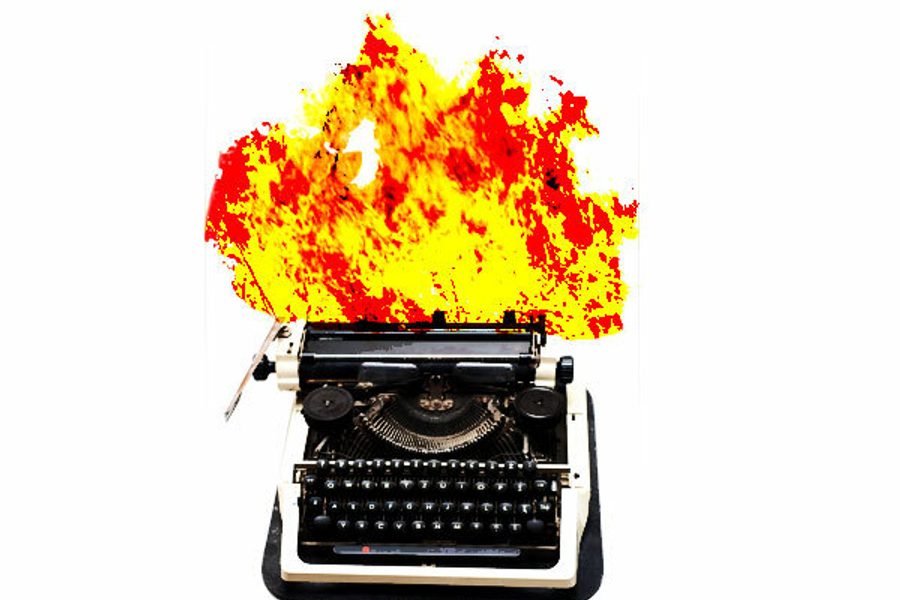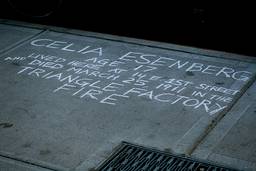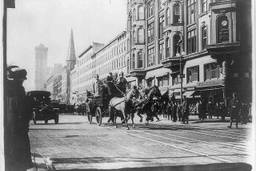Digging the Underground Press
The Sixties’ scrappy alternative newspapers were the oxygen that kept the era’s movements going.
Richard Greenwald

History books rarely speak as trenchantly to contemporary issues as John McMillian’s Smoking Typewriters: The Sixties Underground Press and the Rise of Alternative Media in America (Oxford University, February). As the cascading revolts in the Muslim world demonstrate, communication systems matter.
Communication is the oxygen of social movements, but scholars have rarely focused attention on the organs of social protest. In the 19th century, the labor and radical movements all had their own press, as did various ethnic communities, and each was vital to its cause. The medium has changed (from small magazines, to cheaply printed local community newspapers to Twitter), but the message is the same: Social movements need organic forms of communication because without it, they die.
Smoking Typewriters chronicles the pioneers of what today we call “independent media.” McMillian meticulously mines the rich archive of the alternative press to reveal these newspapers as products of their era, tied to activist communities as well as powerful personalities, and linked through ideology and more than a little hustle and business moxie. During the Sixties (the author refers to the era as the Sixties, and the decade as the ’60s) such newspapers became the lifeblood of the movement, connecting both isolated pockets of resistance and individuals to larger communities and happenings in Berkeley, Madison, Ann Arbor and New York. They told the world what was going on.
These pioneers, angered by the mainstream press, sought to create their own version of the news, a true alternative. McMillian profiles the founders of famed ’60s papers, such as Art Kunkin, a counterculture figure whose LA Free Press (the “Freep”) provided sophisticated coverage of the 1965 Watts Riots. We see the dynamic duo of Ray Mungo and Marshall Bloom, who founded the Liberation News Service, a sort of alternative Associated Press, which published weekly news. We also learn how John Wilcock willed the Underground Press Syndicate into being. We see the egoism, petty fights and arrogance, as well as the real fiscal woes of these organizations.
McMillian makes these actors real without tearing them down. We see their flaws, warts and messes. We also see the sweat equity and almost maniacal focus it took to get out a paper. Above all, we see the vision and drive necessary to make change.
“While on the one hand remaining deeply enmeshed in the cultural stirrings in their own community,” McMillian writes, “the era’s literary demimondes also conceived of themselves as crucial social agents who would chart the New Left’s progress, champion its goals, and – by establishing an alternative media universe that paralleled that of straight society – meet the Movement’s demand for the creation of viable ‘counterinstitutionalisms.’ “
People turned to papers like the Berkeley Barb for news and information that mattered most to them. At these papers, the pioneers invented a new style of journalism, part Marxist theory, part muckraking journalism, part cultural reporting, part political humor and part gossip. This informal style intentionally blurred the lines between participant and reporter, destroying the myth of objectivity in the process. A whole generation of journalists grew up writing and reading these papers. Today, many of them, such as Joe Conason, Lowell Bergman, and Mike Shuster write for magazines such as this one, The Nation, The New Yorker and other outlets.
Smoking Typewriters is as much a history of the ’60s as it is of the era’s “alternative media,” a phrase we hear a lot these days (if you replace “alternative” with “independent”). It often seems like there is nothing new to learn about the ’60s, but McMillian provides a fresh history by putting the role of media at the center. He helps us better understand the decade by providing a window into the institutions this anti-institutional generation built.
In the past decade, there has been a renewed interest in the ’60s by a younger generation of scholars who have complicated the narrative, making the era come more fully alive. Lost in much of this revisionism, however, has been the radicalism that seemed to define the era. The pendulum might have swung too far. McMillian and his academic comrades have embraced radicalism, not just as a topic of academic study, but also as a calling. They have tried to put radicalism back into the narrative of the ’60s, to write history that speaks to current activists. They remind us that a radical impulse defined the era.
McMillian’s is an engaged history, modeled on that of Howard Zinn. He takes sides. His goal is to remind readers that we need to “recapture that spirit” of the ’60s to revitalize American democracy.
But the spirit McMillian presents is both brilliant and pockmarked. McMillian writes, “Before the advent of the underground press, the youth revolt was marked more by fragmentation than cohesion.” We forget that part of what the New Left did was to break the hold of what had become a stagnant media culture, replacing it with an expectation for partisan reporting and a commitment to community. These papers were consciously creating a space that sought to further radical politics and celebrate an alternative culture. In this, as McMillian shows, they were successful.
The real strength of Smoking Typewriters is to demonstrate that a few dedicated activists could create media to further their movements. In the ’60s, the revolution in offset printing opened the doors to hundreds of small papers. Now, with the Internet, a blogosphere has emerged with hundreds of thousands of micro-news outlets. McMillian has some hope that this new freedom can be taken advantage of by a movement, but I wonder if the moment has passed. One reason for the ’60s alternative presses’ success was their financial model, which relied on advertising revenue. The underground press provided an alternative to the mainstream press; advertisers recognized that and helped the scrappy papers keep publishing.
Today, there is simply so much noise that it is hard to get noticed. And the financial props for community newspapers are shrinking. Yet “independent media” – including magazine like this one – still offer hope that speaking truth to power matters. McMillian’s book shows us the important history of this fundamental democratic struggle.









